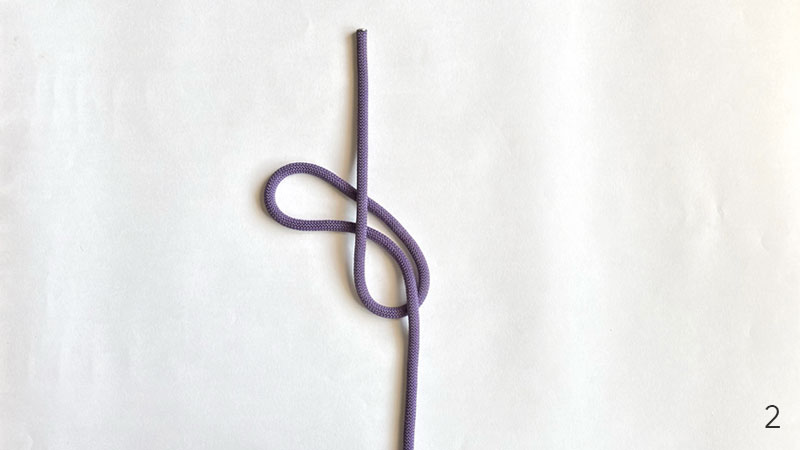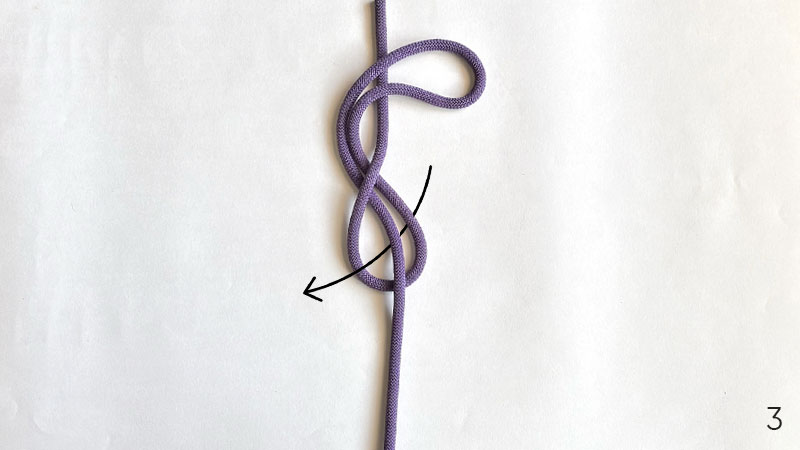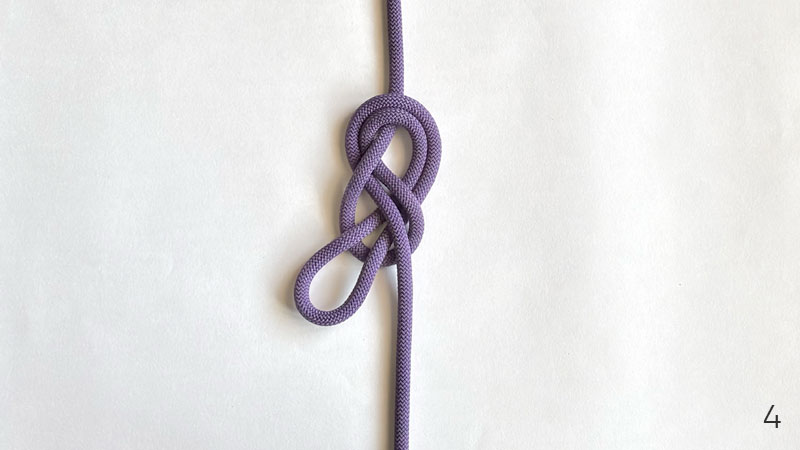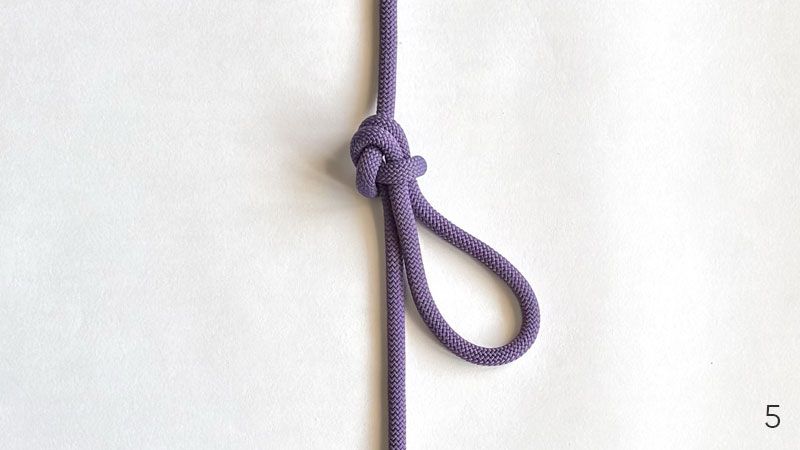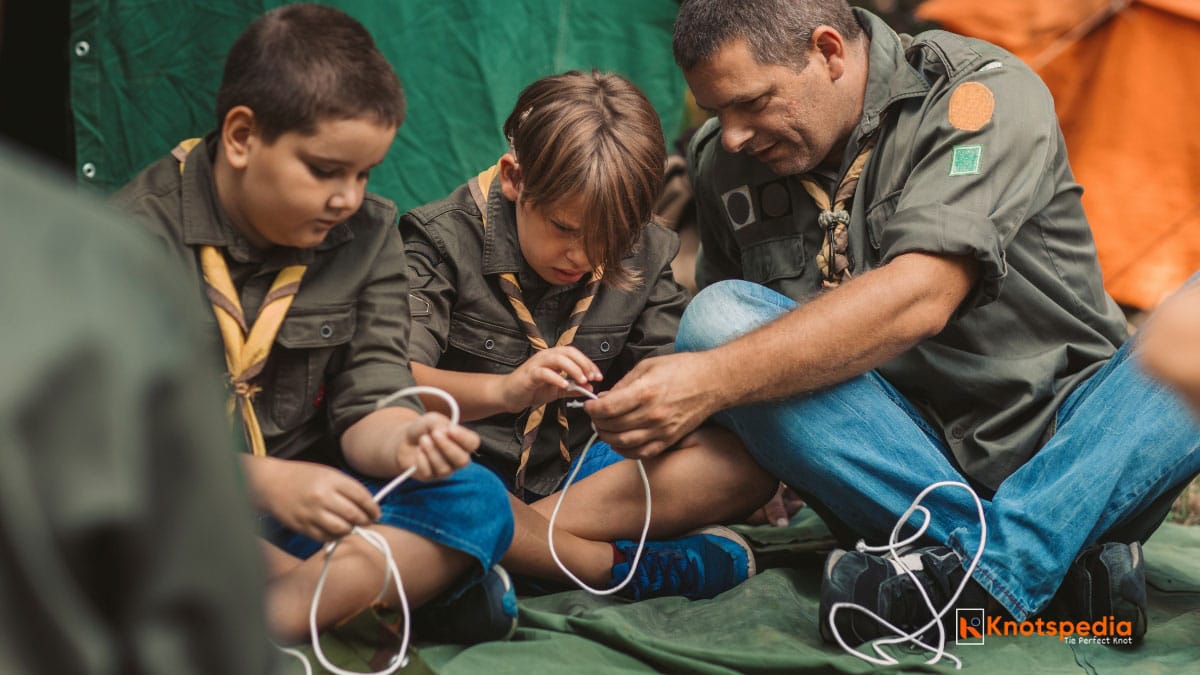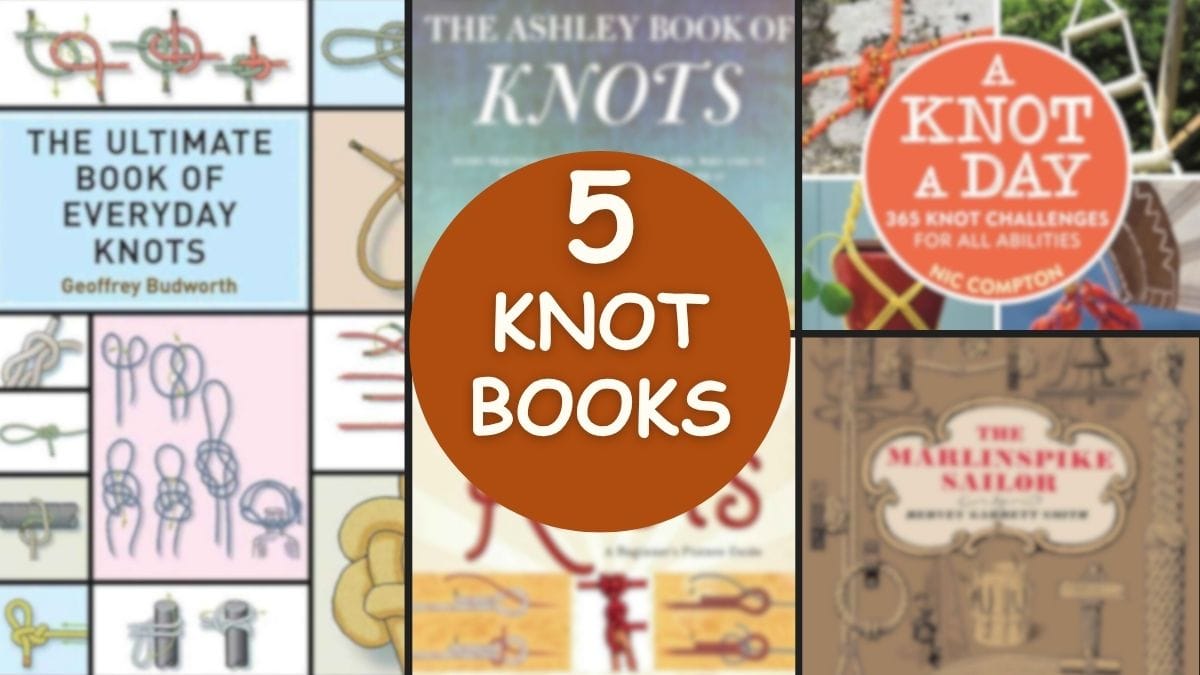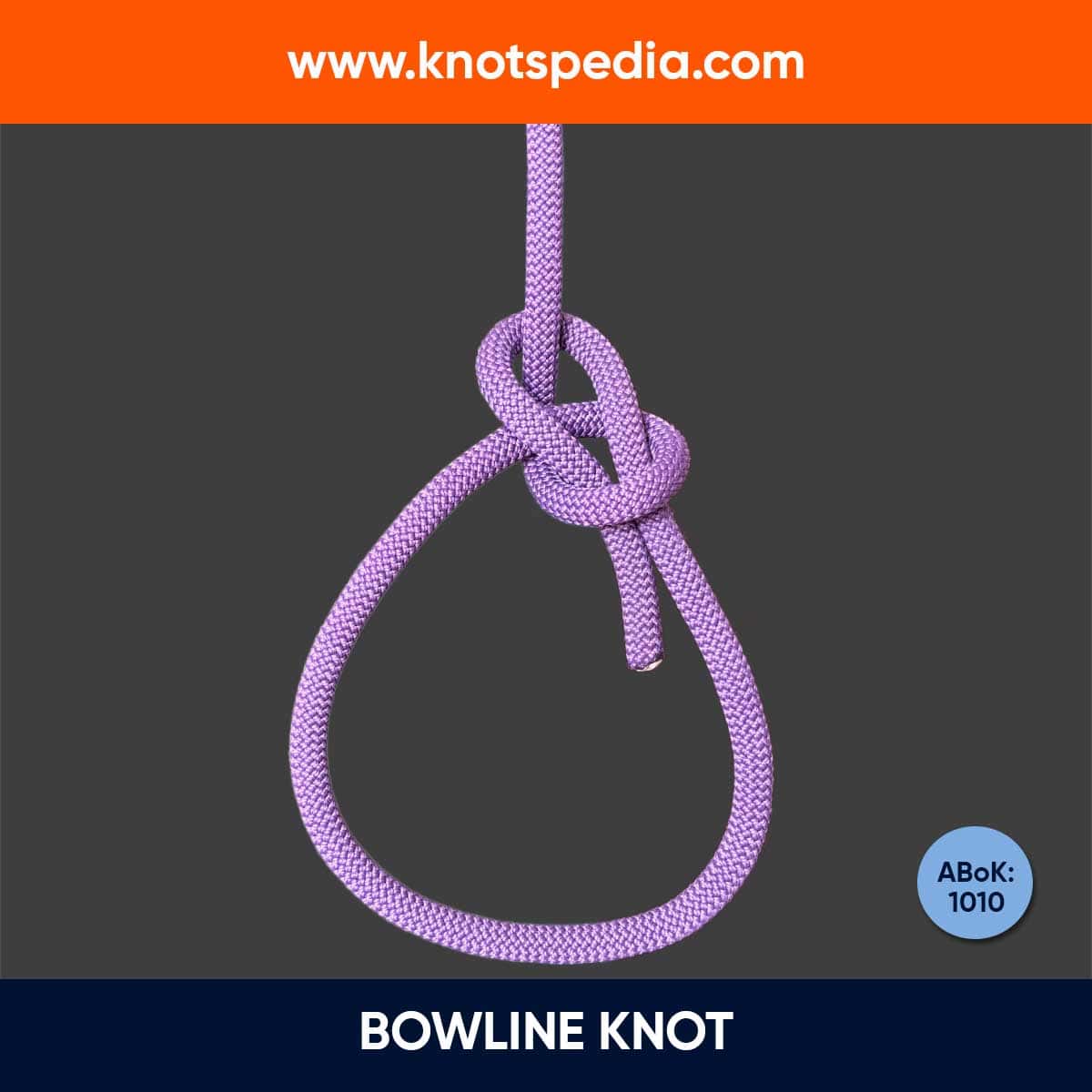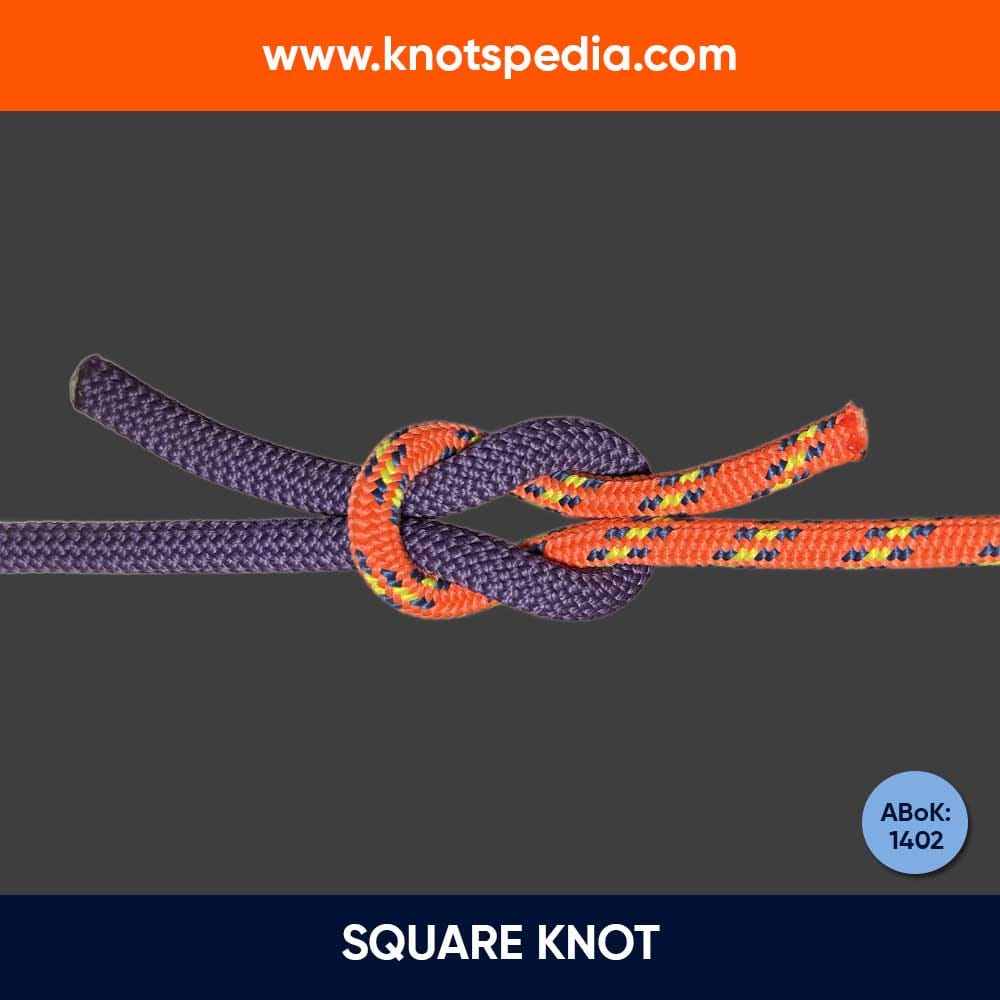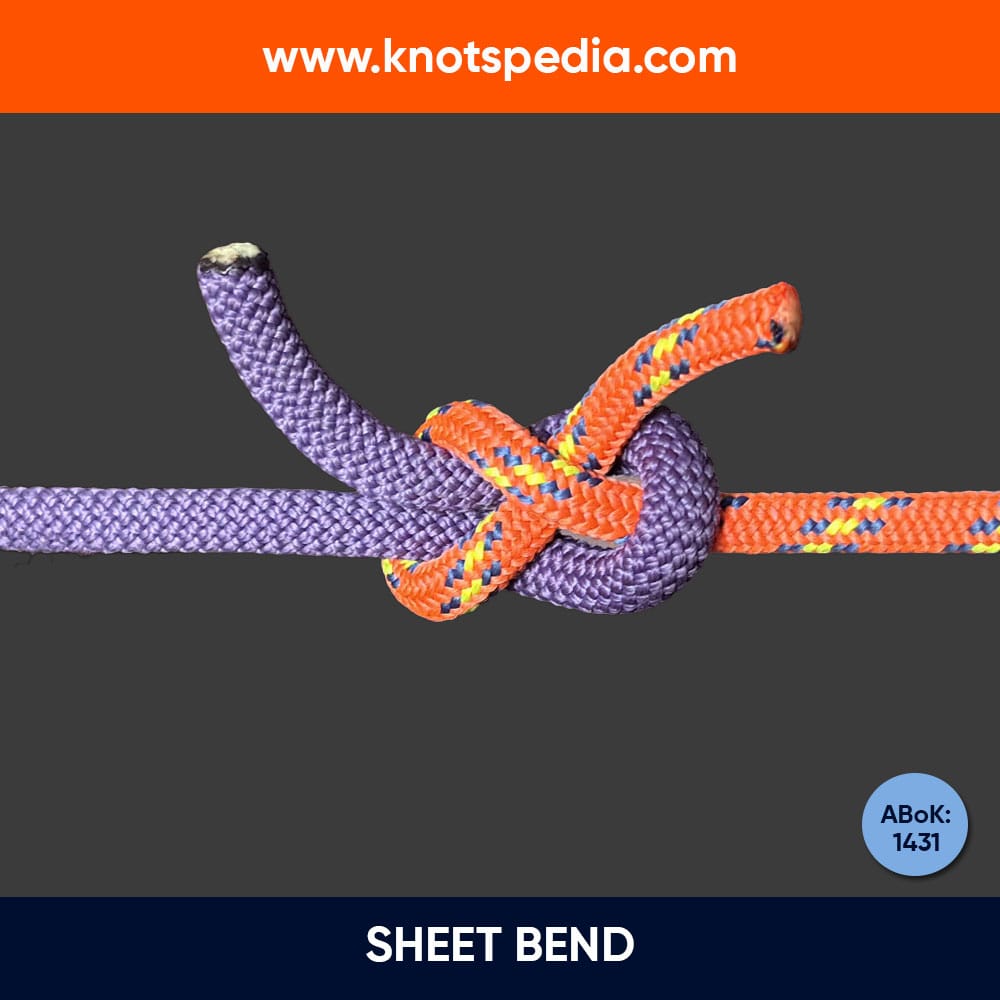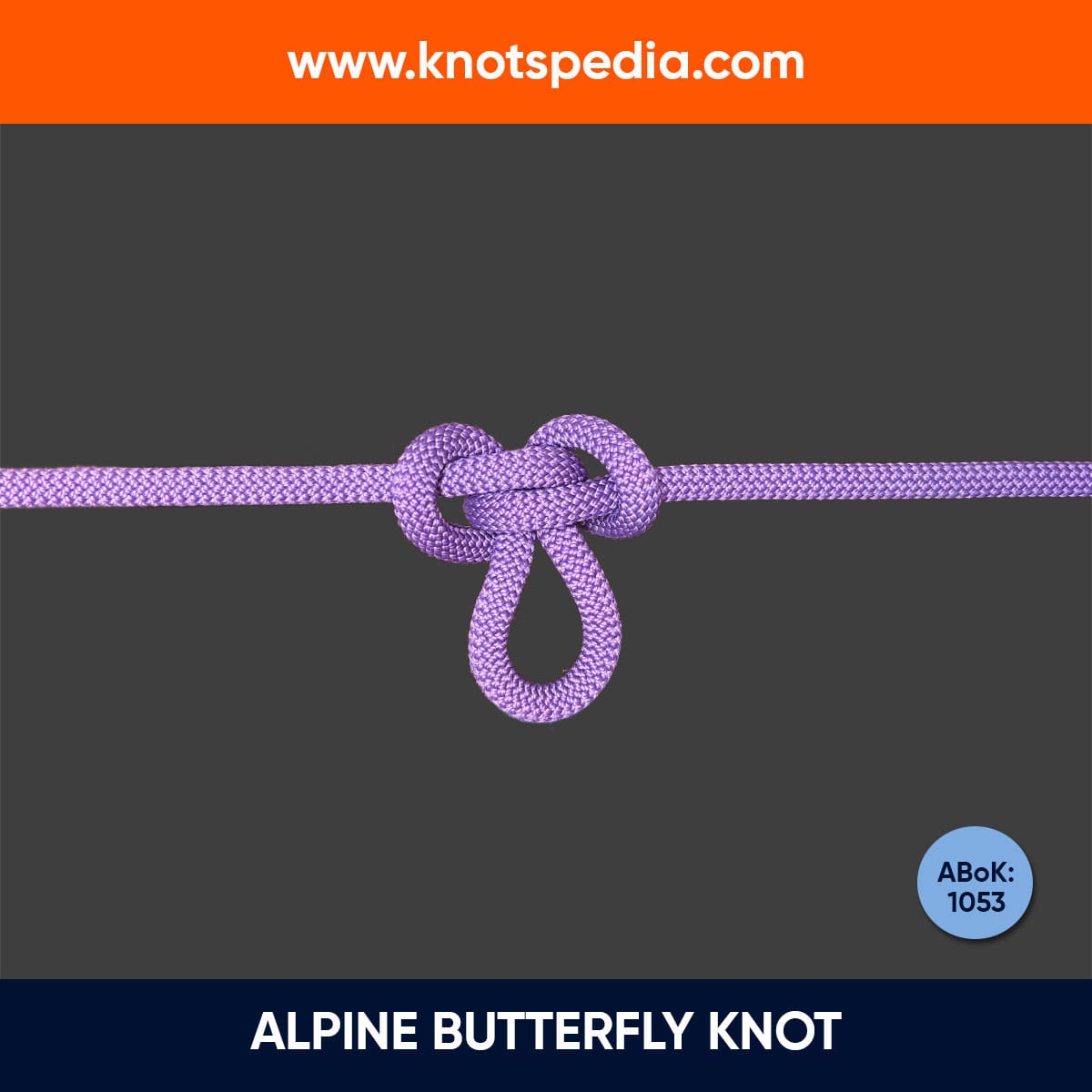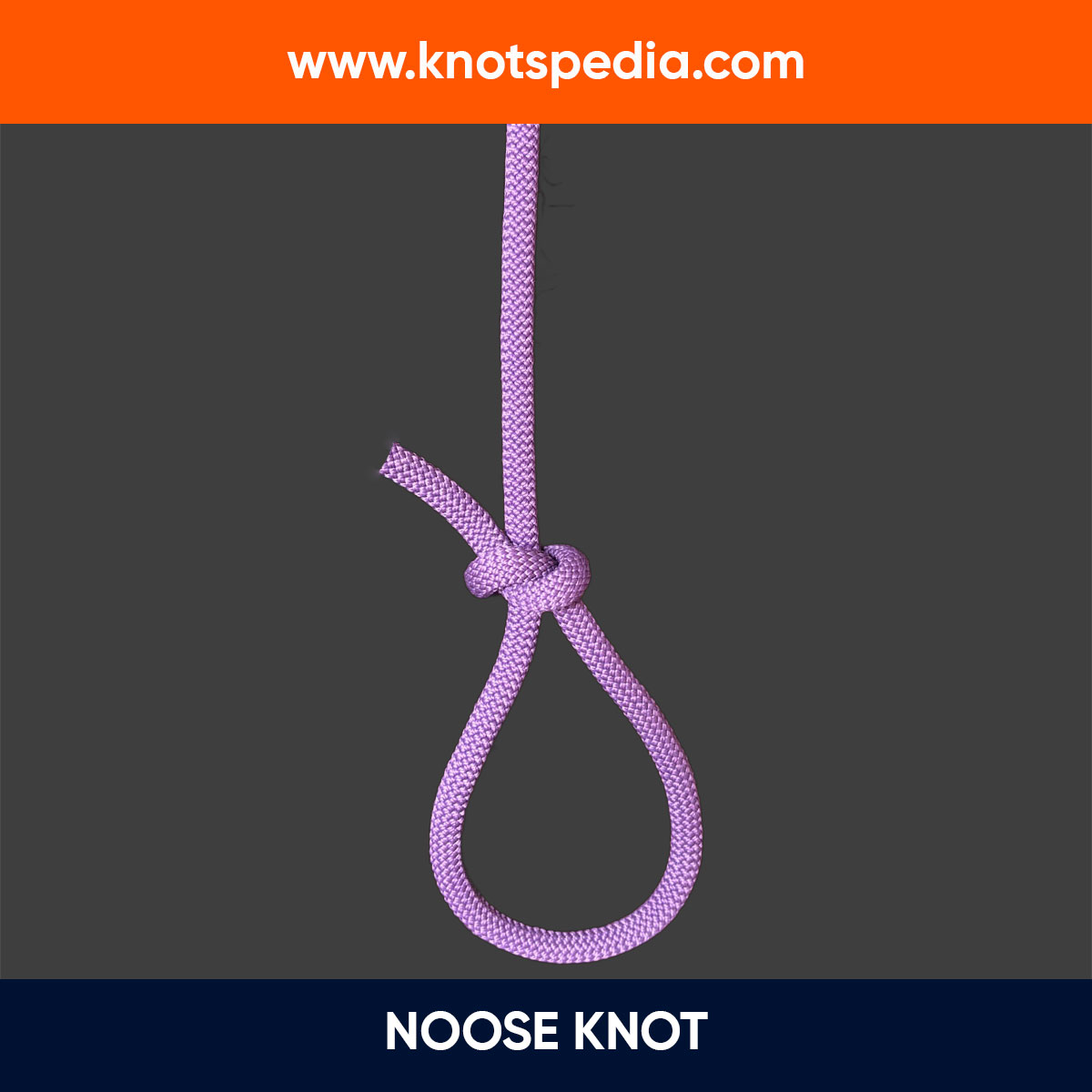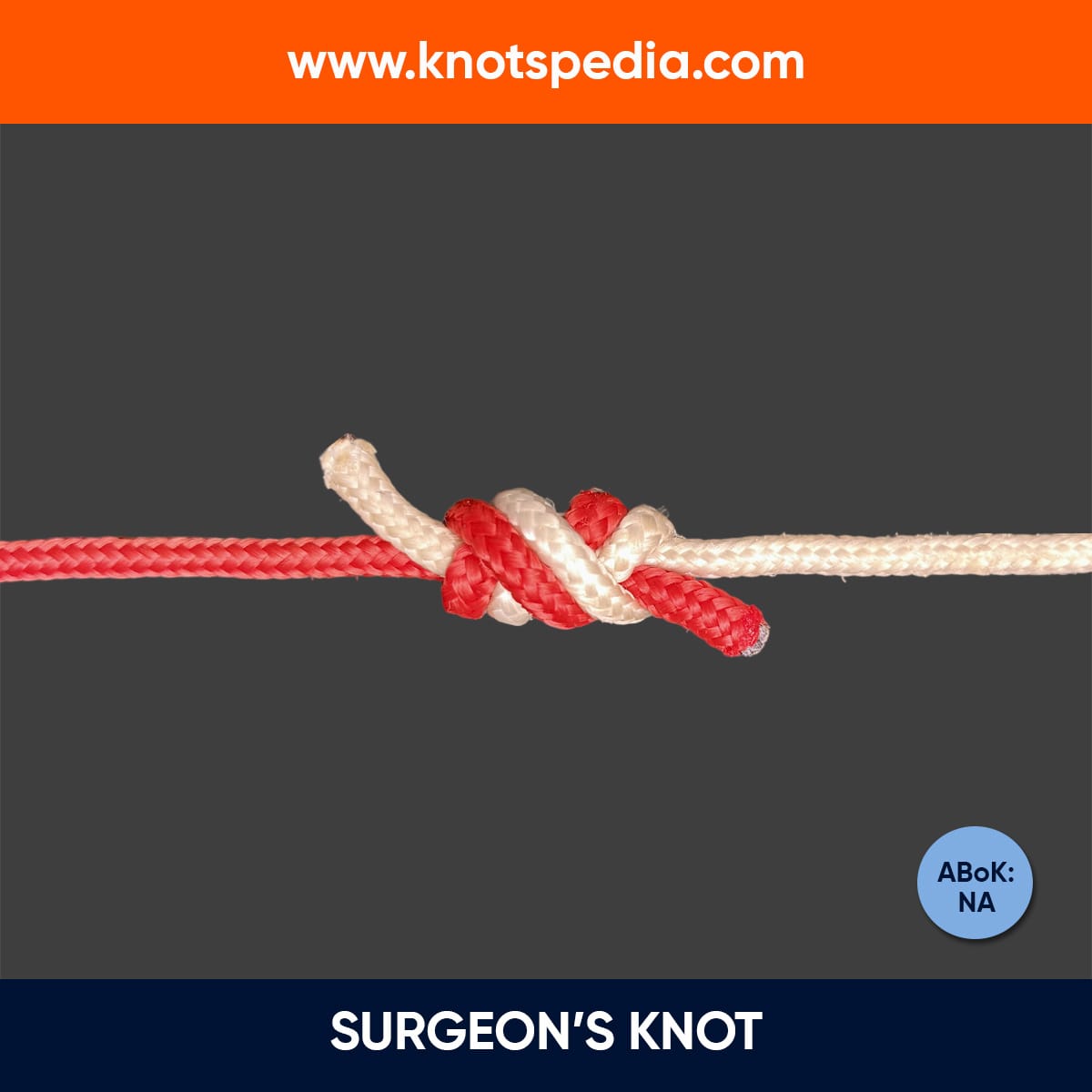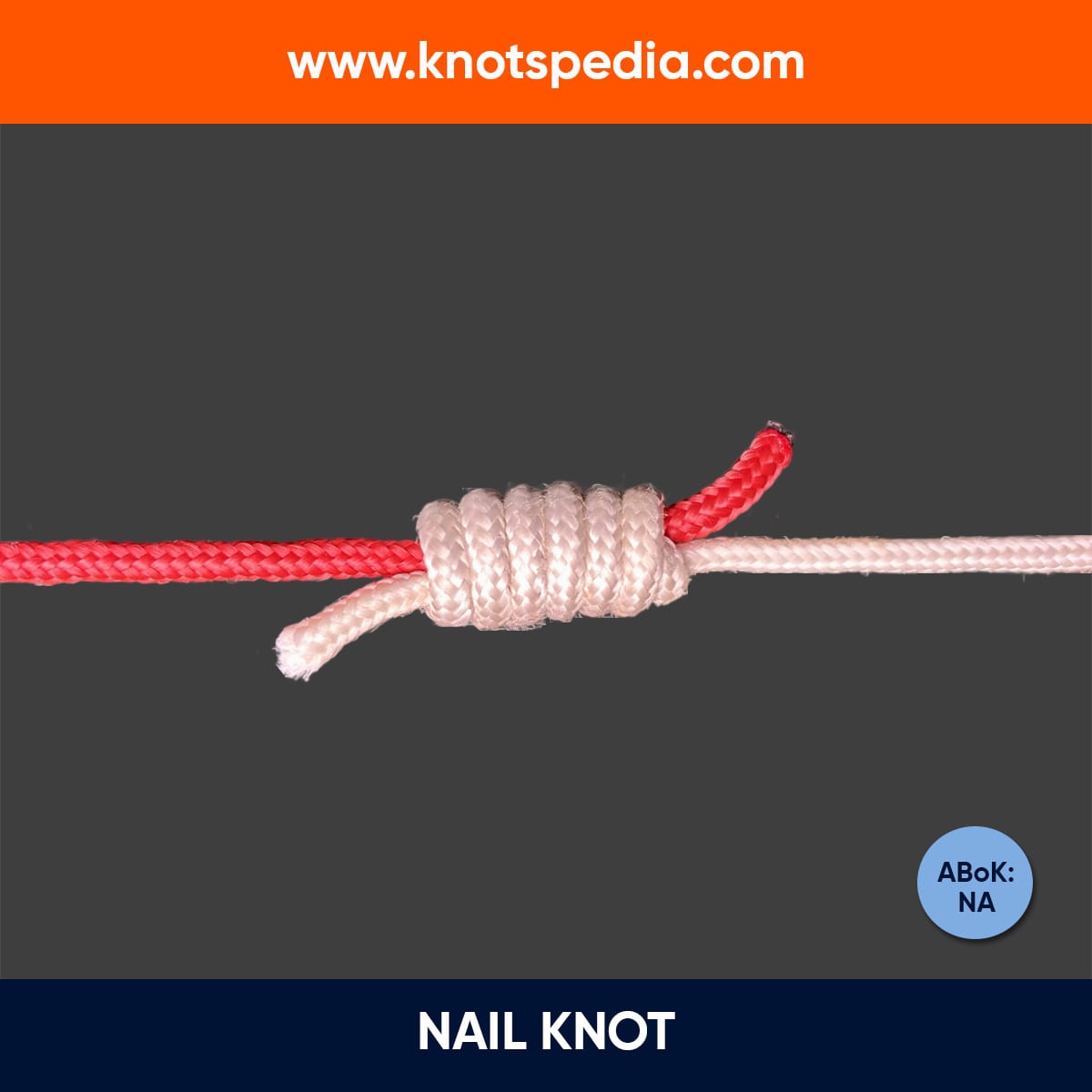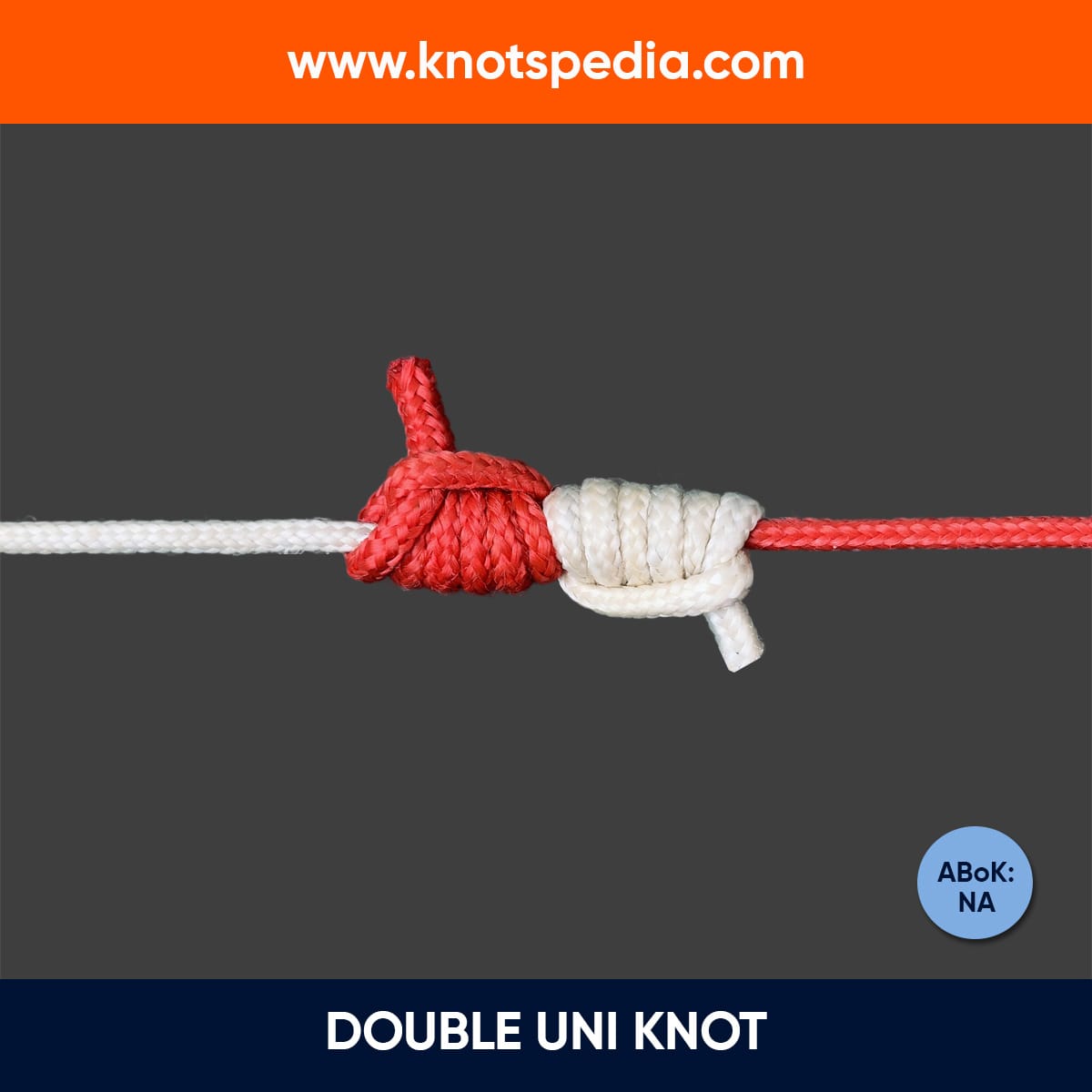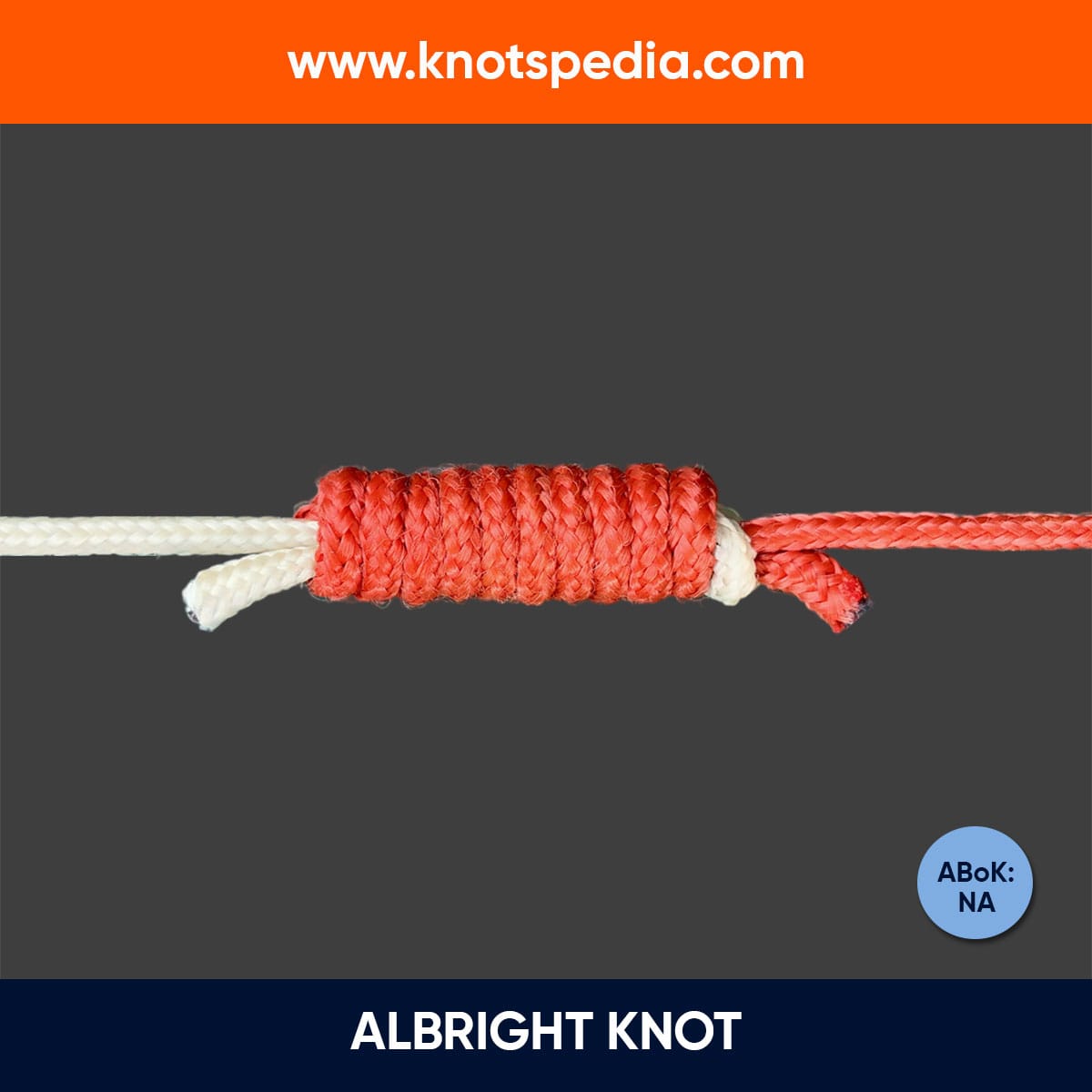The Inline Figure 8 knot is one of the common knots among climbers.
It creates a fixed loop in the middle of a rope and is used as a load-bearing knot to handle tension in one direction only.
Let’s learn it in detail.
Inline Figure 8 Knot Details
Type: Loop
Other Names: Single Bowline on the Bight, Directional Figure 8 Knot
ABoK Reference: #1058
How to Tie Inline (Directional) Figure 8 Knot
- Make a loop in the rope.
- Pass it behind the standing end.
- Pass the loop around the standing end.
- Tuck the loop through the loop at the base of the initial loop.
- Pull the knot tight.
You’ve done it right, if the loop points in line with the standing part and there are no twist or overlap in the knot.
To untie this knot, just unwrap it from the loop and pull the rope in the opposite direction.
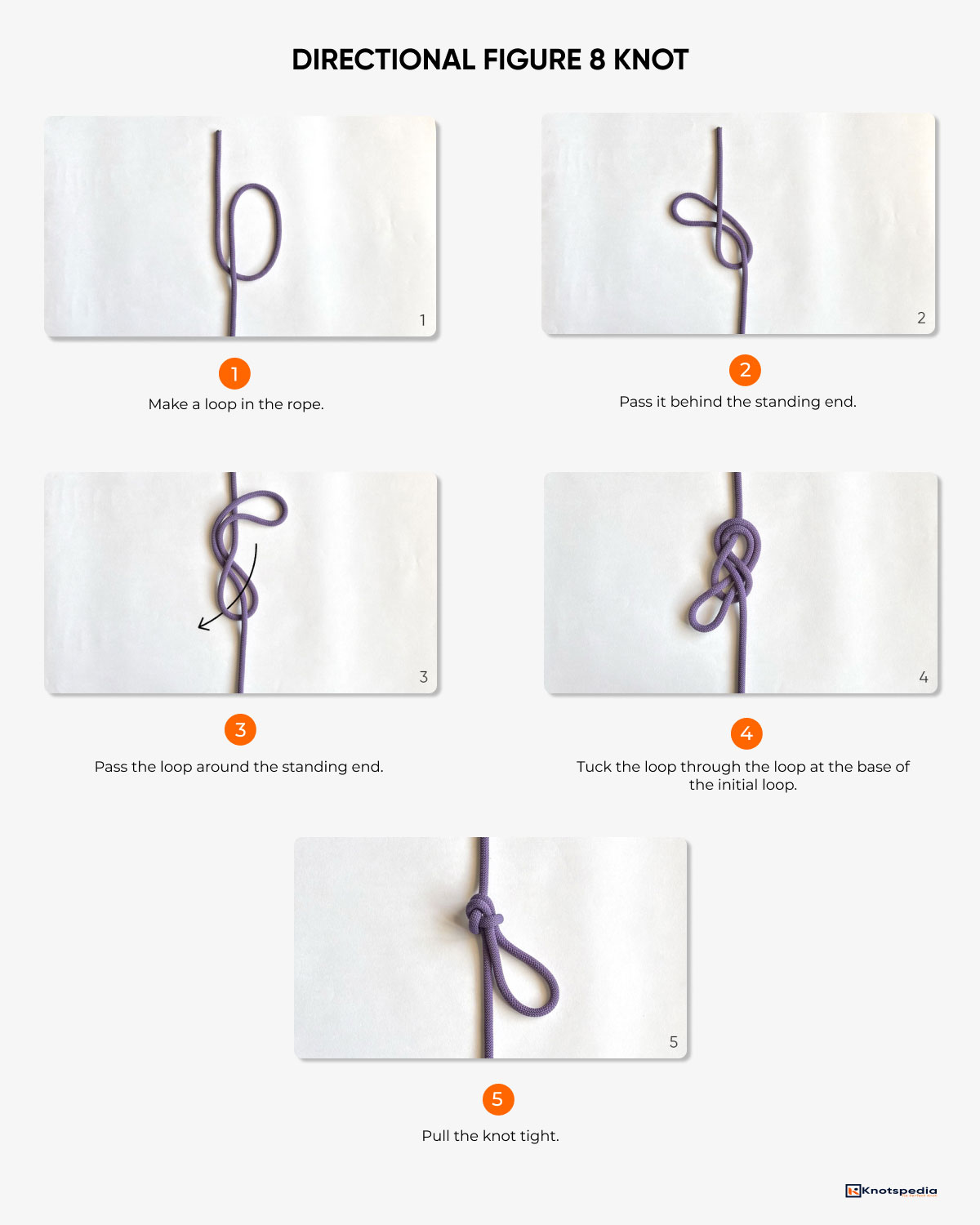
Applications and Uses
The Inline Figure 8 Knot is used in rock climbing, mountaineering and search & rescue operations.
It’s forms loops in the middle of the rope that can be used as handholds or anchor points.
It’s used to attach Z-Drag to the line in case there are no prusiks present.
Pros and Cons
The inline figure 8 is an easy to tie knot that takes load in a particular direction only.
It does not need the rope ends to tie this knot as it can be tied in the bight.
It’s downside is that it can capsize and constrict if the load is not applied in one direction.
It’s also difficult to untie after shock loading.
Other Alternatives
Alpine Butterfly Knot
If you are looking for a knot where the direction of pull does not matter, Alpine butterfly knot is the best choice.
The Alpine Butterfly Knot has higher residual strength than Inline Figure 8 Knot.
The Alpine Butterfly Knot is much easier to learn for beginners.
But, the Inline Figure 8 is easier to check because it looks similar to the Figure 8 Loop.
Overhand on a Bight
Overhand on a bight is one of the easiest way to create a loop with the bight of the rope.
It’s used to create anchors in the middle of the rope.
It’s relatively weaker than strength than the Inline figure 8 knot.
Figure 8 on a Bight
The Figure 8 on a bight is one of the ways to create a figure 8 loop, the other being the Figure 8 follow through loop.
It can also be tied anywhere along the rope.
It is used in climbing for setting up the anchors.
Bowline on a Bight
The Bowline on a bight knot forms a pair of two fixed-sized loops at the middle of the rope.
It does not slip or bind and is easy to untie after being under heavy load.
It is used to make a secure foothold in the middle of a rope or to make a bosun chair for emergency rescue operations.
At German Alpine Club, it is taught as one of the standard tie in knots.
Double Figure 8 Knot
The Double Figure 8 makes twin loops (bunny years) in the middle of the rope and it resembles the Figure 8 loop.
It is used in climbing to equalize the anchors.
Figure 8 Follow Through Loop
The Figure 8 follow through is the standard tie in knot used to secure rope to the harness like the carabiners.
It’s one of the strongest and most used knots.
Its use case is somewhat different from that of the Inline figure 8 knot.
Warning
The Inline Figure 8 can capsize if tensioned from the wrong direction. So, it should NEVER be loaded in the wrong end.
If you need to apply load from either end, Alpine Butterfly knot is the best option.
If you have any questions regarding this knot and any other knots, comment down below or write to me at [email protected].
Share this Article!

